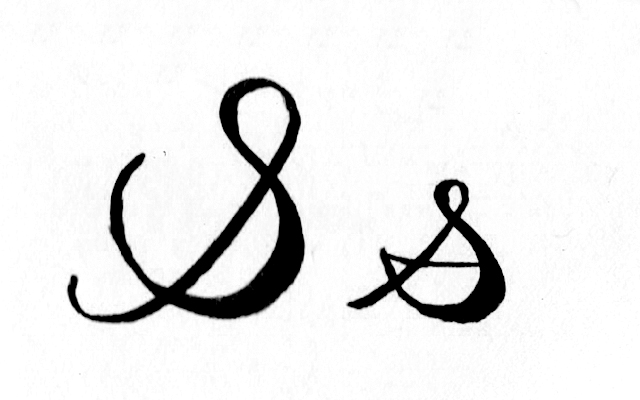How to Write S in Cursive – For all those who have been looking for information and resources on how to write cursive letters, you’ll be happy to know that’s exactly what this website offers. This particular page focuses on how to write the cursive capital S. It’s important to have free online cursive letter resources because more schools are limiting the amount of time spent teaching the cursive alphabet as part of their curriculum. In some cases, schools are eliminating cursive writing altogether. It’s with this trend in mind that this page provides information and resources on how to write a cursive capital S.
There are two main resources that can be found on this page. There’s a cursive capital S video that demonstrates the proper way to write a cursive S as well as pointing out mistakes that those learning to write this letter sometimes make. There’s also a cursive capital S worksheet that can help those learning to write a cursive capital S with trace lines and practice examples. Using both of these resources can help anyone learn the proper stroke when writing a cursive S and to eventually master it. While there are a large number of different cursive fonts that exist, this page uses D’Nealian cursive because it’s the cursive that’s most often used by teachers to teach students to write cursive letters in school. It’s also one of the more basic cursive styles which makes it less complicated to learn than some of the more intricate cursive fonts.
Table of Contents
What Does a Cursive S Look Like?
If you want to learn cursive, it’s a good idea to study exactly what cursive letters look like. Cursive s looks much like its print counterpart in some ways, and very different in others.
A capital s in cursive looks quite a bit like the print s; even if you don’t know cursive, you can probably recognize the letter. One of the biggest differences is that tell-tale hook off to the left, which is used to connect the capital s to the next letter in a word.
The lowercase cursive s is less recognizable if you’re not familiar with cursive. It almost looks like a little sail, with a line extending up and to the right to connect to the next letter. Because cursive is meant to be written faster than print, understanding how the letters connect can help you be a faster writer!
How to Make an Uppercase S In Cursive
Uppercase cursive s is a little easier to parse, so let’s start by learning how to write one.
Use lined paper. This will help you keep the shape of your s intact, even when it gets loopy.
Start with your pencil on the bottom of a pair of lines.
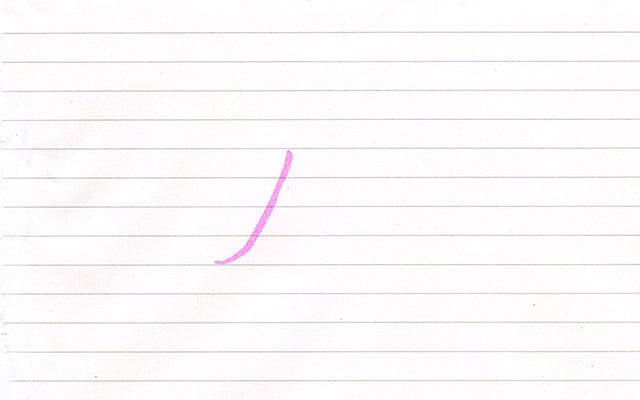
Draw a diagonal , somewhat curved line reaching toward the top of the pair of lines.
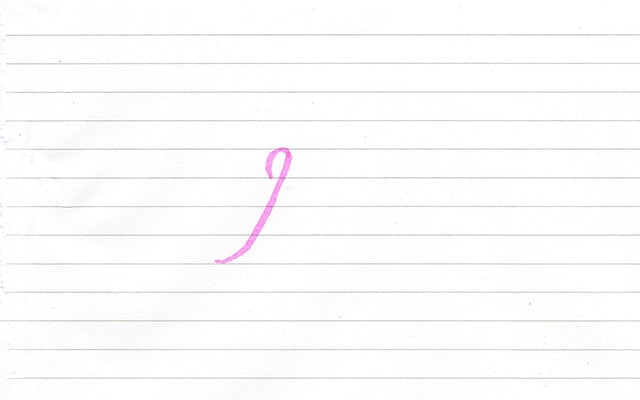
Draw a little loop that will take your pen direction back toward the bottom of the page.
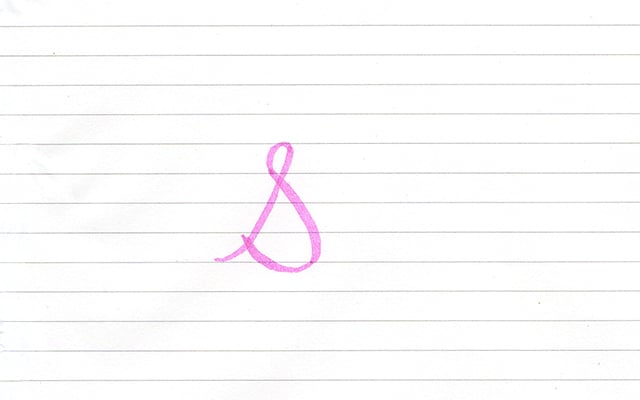
Cross back over the first line while drawing a soft little semi-circle—here you can see the shape of a print s.
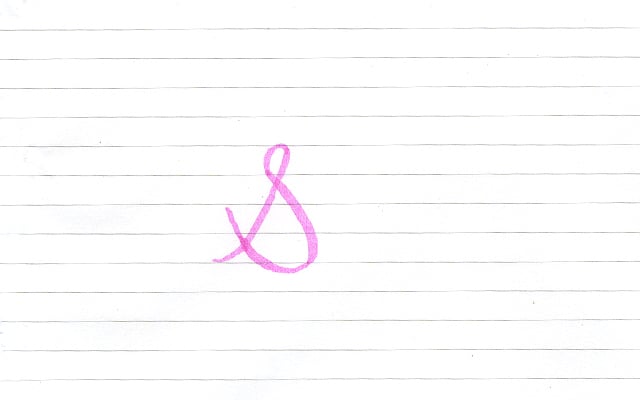
Continue past where you’d normally stop if you were drawing a print s, crossing over your diagonal line.
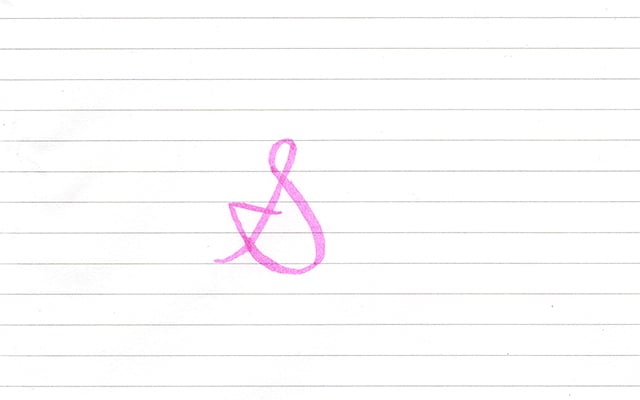
Draw a little hook off to the right, which you’ll use to connect the s to the next letter.
How to Make a Lowercase S in Cursive
Now let’s try a lowercase s. Though it looks a lot like a little sail, you want to learn to draw it in the correct order so that you can keep your speed up.
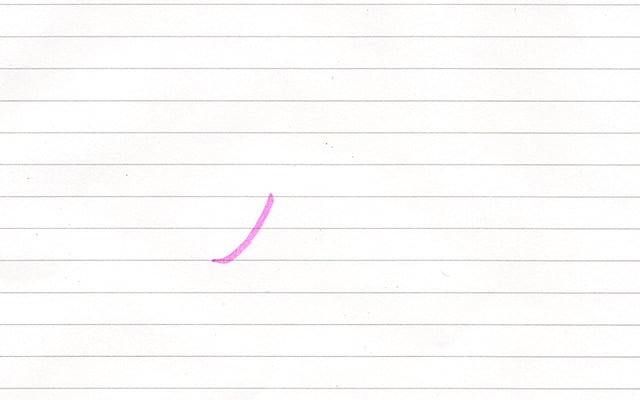
Draw a little ski-jump shape that goes up halfway between your two lines.
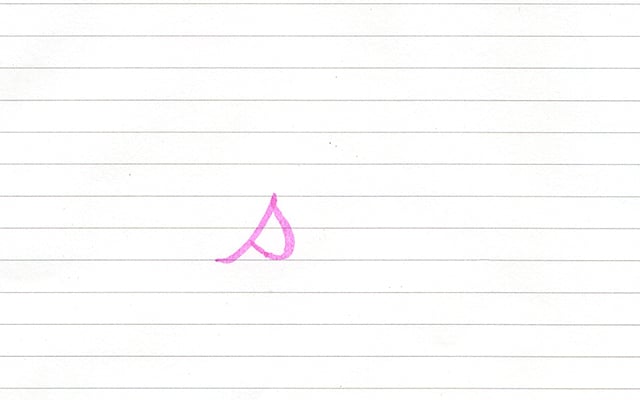
Draw half of a teardrop shape going back down to the bottom line, connecting it to your ski-jump going up.
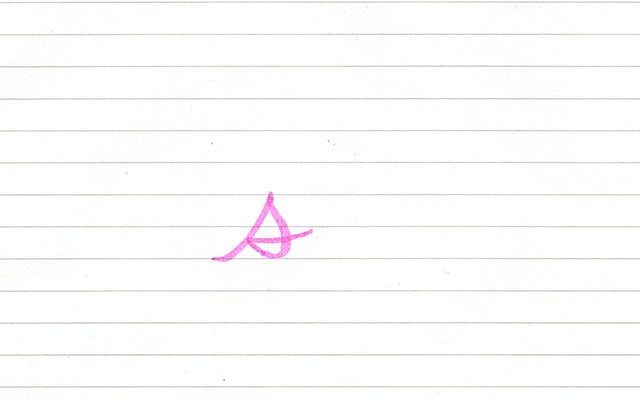
Without picking up your pen, draw a line extending to the side to connect to the next letter.
Cursive S Variations
One of the fun things about cursive is adding a little personal flair. Cursive can be quite beautiful on its own, and adding a little hint of calligraphy can take it to the next level. Take a look at some of these calligraphy-inspired cursive s variations!
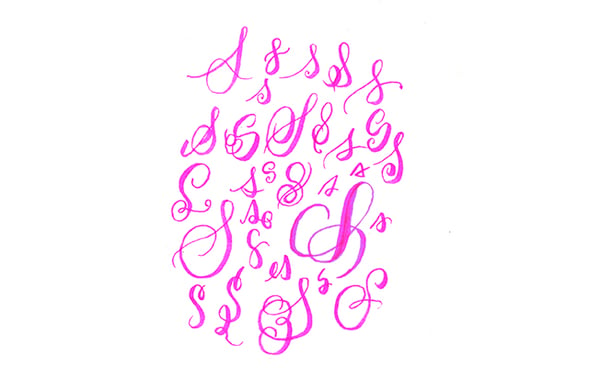
3 Key Tips for Making a Fancy S in Cursive
Still struggling to write a great capital s in cursive or lowercase s in cursive? These tips will help you master this letter!
Don’t Pick Up Your Pen
Cursive is meant to be written quickly and in a more streamlined fashion than print, so don’t pick up your pen from the paper as you’re writing. Though some letters may require you to pick up your pen to dot or cross them, that’s not true of s, so keep that pen on the paper!
Remember That Cursive Is Connected
Cursive letters are almost always connected together to make writing quicker. Both lowercase and capital s in cursive have lines connected them to the next letter. Don’t forget those lines, or your s won’t look quite right.
Make Letters Your Own
Though it might seem like cursive has to be very accurate to be legible, you actually have some leeway to make your s your own. If you prefer your lowercase s to look more like a print s, that’s okay! Or maybe you like a little embellishment to make the capital cursive s look even fancier. It’s up to you—as long as the basic form is there, people will be able to read your writing.
Writing an Uppercase S in Cursive
As you see in the diagram (above), begin the capital S on the bottom line and take your stroke up to the top line. From there, make a loop and cross the bottom of the loop through the original line, also bringing your stroke out slightly to the right. Take your stroke back into the left of the letter, making a loop. Finally, create the famous tail or tag out to the right to either end the letter or connect to your next letter.
Writing a Lowercase s in Cursive
Begin your stroke on the bottom line, bringing it up to your midline. Next, take your stroke back down the left side and connect it to the starting point of the letter. Finally, finish your stroke with a tail out to the right to either end the letter or connect to your next letter.
Cursive Letter S — Free Worksheet to practice the letter s in both uppercase and lowercase. Click on the image to download the pdf.

Conclusion
Cursive writing is a beautiful thing. Sure, it may just look like a series of squiggly lines to you, but every time I sit down to write a handwritten letter or card, I feel as though I’m stepping back in time. It’s been years since I last sat down with a piece of paper and a pen and practised my cursive handwriting.
